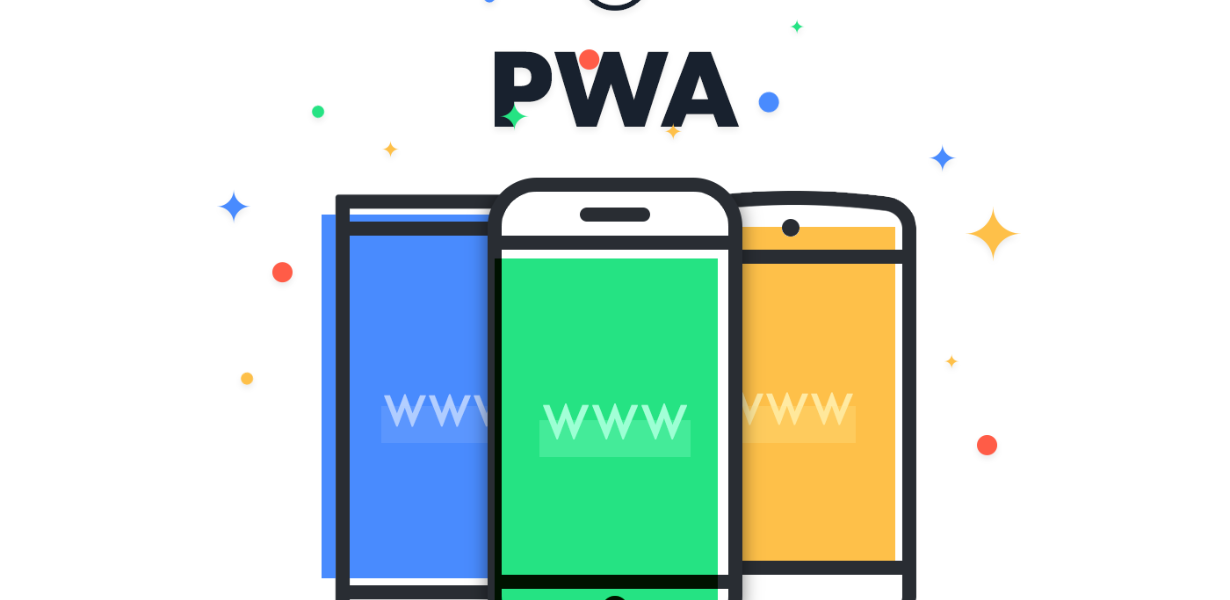
The Power of Decentralization: Shaping Blockchain’s Future with Offline Support
- Post
- August 8, 2023
- Offline Support, Progressive Web Apps, Web Technologies
- 0 Comments
In a rapidly evolving digital landscape, the blockchain revolution has taken center stage, promising unprecedented levels of security, transparency, and decentralization. As the world witnesses this transformative technology mature, a remarkable aspect is emerging—offline support. This intricate dance between the virtual and offline realms is poised to redefine the very essence of blockchain’s power. Welcome to a journey where the convergence of decentralization and offline support is orchestrating a symphony of innovation, expanding horizons that we never thought possible.
Decentralization: The Cornerstone of Blockchain’s Promise
At the heart of blockchain lies its intrinsic promise of decentralization. This foundational principle eliminates the need for intermediaries, granting individuals full control over their digital assets and transactions. With data spread across a network of nodes, blockchain becomes resilient to manipulation, censorship, and single points of failure. This disruptive feature not only enhances security but also cultivates trust in an inherently mistrustful digital world.
The Evolution of Offline Support in Blockchain
While decentralization has been the bedrock, blockchain’s synergy with offline support is a newer dimension that’s progressively coming to light. The traditional image of blockchain involves constant online connectivity, yet, the integration of offline capabilities is propelling its potential even further. This integration brings us to the concept of Progressive Web Apps (PWAs) and their ingenious role in bridging the gap between the online and offline worlds.
Harnessing the Power of PWA Support for Offline Scenarios
Offline Accessibility Redefined
Progressive Web Apps, with their responsive and adaptable nature, serve as a conduit between online and offline experiences. These applications can be accessed via web browsers and installed on devices, offering a seamless transition between online and offline states. Users can interact with blockchain-powered PWAs even when connectivity is intermittent or absent, empowering them with continuous access to critical data and functionalities.
Enhancing User Experience
PWAs introduce a paradigm shift in user experience, as they load instantly, provide immersive experiences, and ensure smooth interactions—attributes that traditional web apps often struggle with. This user-centric approach makes blockchain applications not only more accessible but also more user-friendly, driving broader adoption and utilization.
Empowering Developers and Businesses
By unifying web and app development approaches, PWAs simplify the development process for blockchain applications. This, in turn, reduces time-to-market, costs, and the need for complex maintenance. For businesses, this means faster innovation cycles and the ability to deliver value to users promptly.
Diving Deeper: Technical Aspects of Offline Support
Service Workers: The Backbone of Offline Functionality
Service workers, a core component of PWAs, enable offline capabilities by acting as intermediaries between the application, the network, and the browser. These scripts manage caching, background synchronization, and push notifications, enabling seamless interactions even in offline mode. The integration of service workers in blockchain applications marks a pivotal step towards unlocking their true potential.
Data Synchronization: Ensuring Consistency
When online, data synchronization ensures that the user’s interactions are updated across devices and platforms. Offline transactions are stored locally, then synchronized once connectivity is restored. This mechanism guarantees data consistency and integrity, making blockchain-powered applications reliable and resilient.
Push Notifications: Real-time Engagement
Push notifications serve as a powerful tool to keep users engaged even when they’re not actively using the application. Whether it’s an update on a transaction or a security alert, push notifications bridge the gap between the virtual and offline worlds, keeping users informed and empowered.
Unlocking Opportunities, Surpassing Boundaries
Incorporating offline support into blockchain applications extends beyond technical enhancements; it heralds a new era of inclusivity and accessibility. Imagine farmers in remote areas having continuous access to agricultural data on the blockchain, or healthcare providers seamlessly interacting with patient records, regardless of internet connectivity. The potential impact spans industries and geographies, redefining how we perceive the limits of blockchain’s influence.
Final Words
As we navigate the intricate interplay of decentralization and offline support, the future of blockchain is taking shape with a symphony of innovation. The integration of Progressive Web Apps and offline capabilities is not merely an advancement; it’s a paradigm shift that’s democratizing access to blockchain’s potential. We stand witness to a future where the power of blockchain is truly in the hands of the people—accessible, adaptable, and unstoppable.
Commonly Asked Questions
Q1: Can blockchain transactions occur offline?
Yes, with the integration of Progressive Web Apps (PWAs), blockchain transactions can occur offline. PWAs leverage service workers to store and synchronize data, enabling users to interact with blockchain applications even when offline.
Q2: How do PWAs enhance user experience in blockchain applications?
PWAs offer instant loading, smooth interactions, and immersive experiences. These attributes enhance user experience by providing a seamless transition between online and offline states, making blockchain applications more accessible and user-friendly.
Q3: What role do service workers play in offline support for blockchain applications?
Service workers are the backbone of offline functionality in blockchain applications. They manage caching, background synchronization, and push notifications, enabling uninterrupted interactions even when users are offline.
Q4: How does data synchronization work in blockchain PWAs?
Data synchronization ensures that user interactions are consistent across devices and platforms. Offline transactions are stored locally and then synchronized when connectivity is restored, ensuring data integrity in blockchain applications.
Q5: What is the broader impact of offline support in blockchain?
Offline support in blockchain applications extends accessibility and inclusivity. It empowers individuals in remote areas, enables continuous interactions in critical sectors like healthcare and agriculture, and redefines the boundaries of blockchain’s influence.




